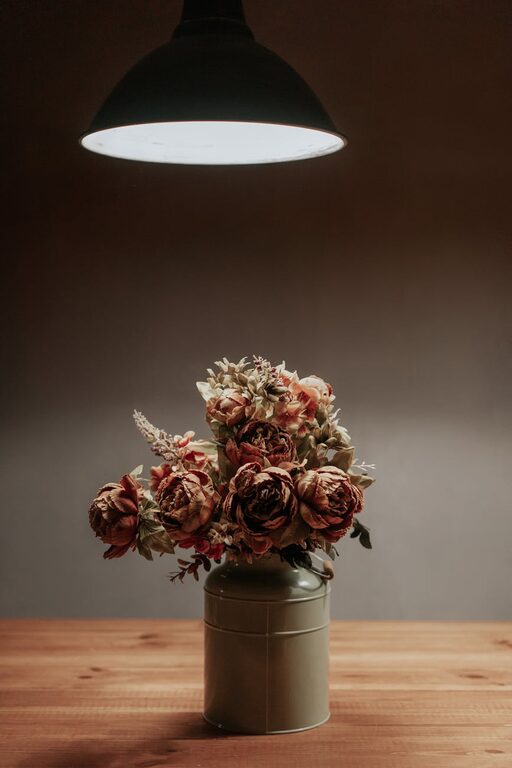Creating a peaceful and inviting atmosphere in your home starts with one simple element: color. Calm colors can reduce stress, promote relaxation, and make your living space feel welcoming and serene. Whether you’re redecorating a room or starting fresh, choosing the right colors is key to achieving the ambiance you desire.
In this post, we’ll explore helpful tips for choosing calm colors that work well in any home, how to pair them, and practical ideas to guide your selection.
Why Calm Colors Matter in Home Design
Colors influence our emotions and energy levels. Bright, bold colors like red or orange can energize a room but may sometimes feel overwhelming. On the other hand, calm colors—often soft blues, greens, neutrals, and pastels—can create a restful environment ideal for relaxation, focus, or unwinding after a long day.
Using calm colors intentionally helps balance your space and enhances your overall mood.
Understanding the Basics of Calm Colors
Before you select paint or decor, it helps to know what defines a calm color:
– Cool Tones: Blues, greens, and purples tend to feel soothing and cool.
– Neutral Shades: Soft beiges, warm grays, and off-whites offer subtlety and flexibility.
– Muted Pastels: Light pinks, lavenders, and aqua shades provide gentle, airy moods.
– Earth Tones: Colors inspired by nature, such as soft browns and mossy greens, add grounded calmness.
These colors usually have a lower saturation and medium to light brightness, which helps prevent visual overstimulation.
Tips for Choosing Calm Colors for Your Home
1. Consider the Room’s Purpose
Think about how you use the room. Calm colors for a bedroom or reading nook might differ from colors for a living room or kitchen.
– Bedroom: Soft blues, greens, and neutral grays can help create restfulness.
– Living Room: Warm neutrals or gentle earth tones encourage conversation without distraction.
– Home Office: Light greens or muted blues can improve concentration and calm nerves.
2. Test Samples in Different Lighting
Lighting dramatically affects how a color appears. Natural daylight, artificial lights, and evening shadows can change your perception.
– Paint test patches on your walls.
– Observe them at different times of the day.
– Evaluate how they make the room feel—too cold, dark, or washed out?
3. Use the 60-30-10 Color Rule
This classic design guideline helps maintain balance and harmony:
– 60%: Dominant calm color on walls or large surfaces.
– 30%: Secondary shade for furniture, accent walls, or rugs.
– 10%: Accent colors in pillows, art, or décor items.
This mix keeps the space interesting but soothing.
4. Pair Cool Colors with Warm Neutrals
To avoid a space feeling too cold or sterile, pair your calm cool tones with warmer elements:
– Wooden furniture or flooring
– Soft beige or taupe accessories
– Warm metallic accents like brass or copper
This combination adds depth and coziness.
5. Consider Color Psychology
Colors affect mood. Choosing calm colors that resonate with you personally enhances the feeling of comfort:
– Blue: Promotes calm and trust.
– Green: Symbolizes growth and balance.
– Lavender: Associated with tranquility and creativity.
– Soft Gray: Offers neutrality and stability.
Reflect on which colors make you feel relaxed.
6. Incorporate Texture and Layers
Even calm colors need variety to avoid monotony. Use different textures and layers to add warmth:
– Plush throw blankets
– Linen curtains
– Soft area rugs
– Matte versus glossy finishes
These elements complement calm color palettes beautifully.
7. Avoid Overly Dark Shades in Small Rooms
While deeper calm shades like navy or forest green can be stunning, they may shrink smaller spaces if not balanced with lighter accents.
Brighten rooms by adding light-colored trim, furniture, or decor to maintain openness.
Popular Calm Color Palettes to Inspire You
Here are some tried-and-true calming color combinations:
Soft Blue and Warm Beige
This pairing feels like a coastal retreat, with the blue evoking sky and water, and beige mimicking sand.
Sage Green and Cream
A nature-inspired combo that’s fresh yet soothing, perfect for bedrooms or living rooms.
Pale Gray and Blush Pink
Adds warmth and softness to a modern space, suitable for nurseries or feminine interiors.
Lavender and Light Taupe
A calming, elegant palette ideal for quiet spaces like reading nooks or bathrooms.
Final Thoughts
Choosing calm colors for your home is a wonderful way to introduce peace and relaxation into your daily life. By considering your personal preferences, room purpose, and lighting, you can select hues that transform your space into a soothing sanctuary.
Remember, the right calm colors combined with thoughtful design choices can truly make your house feel like a home.
Happy decorating!

